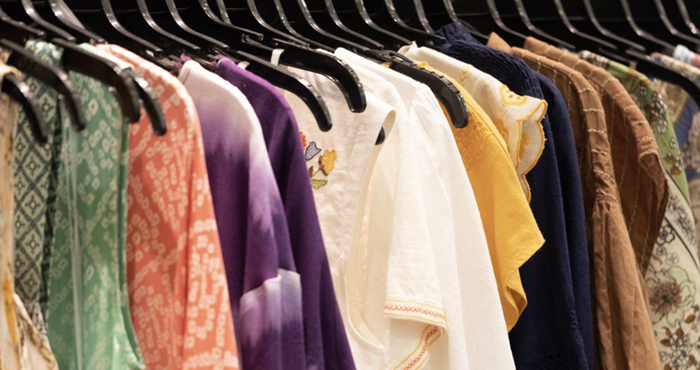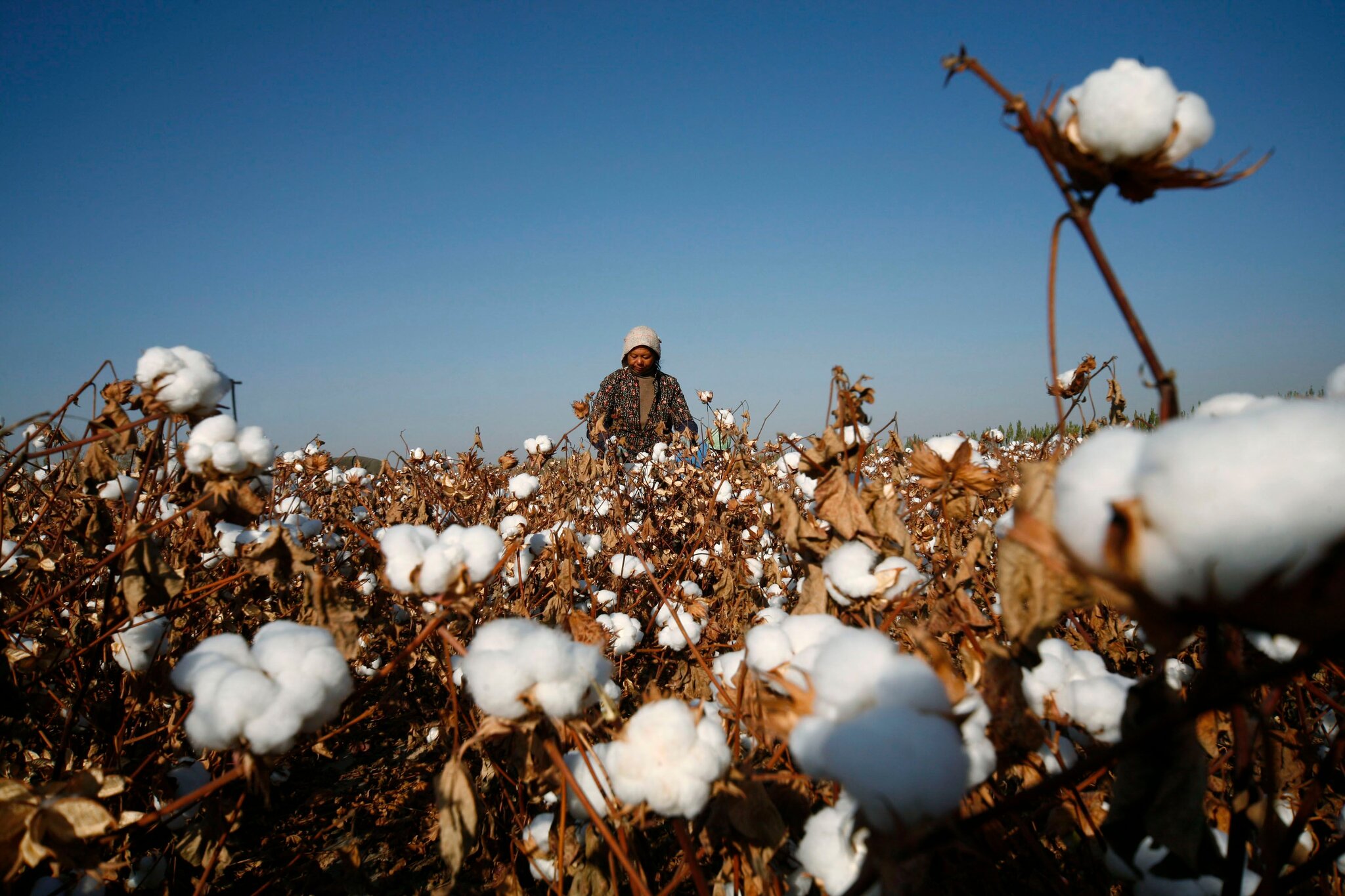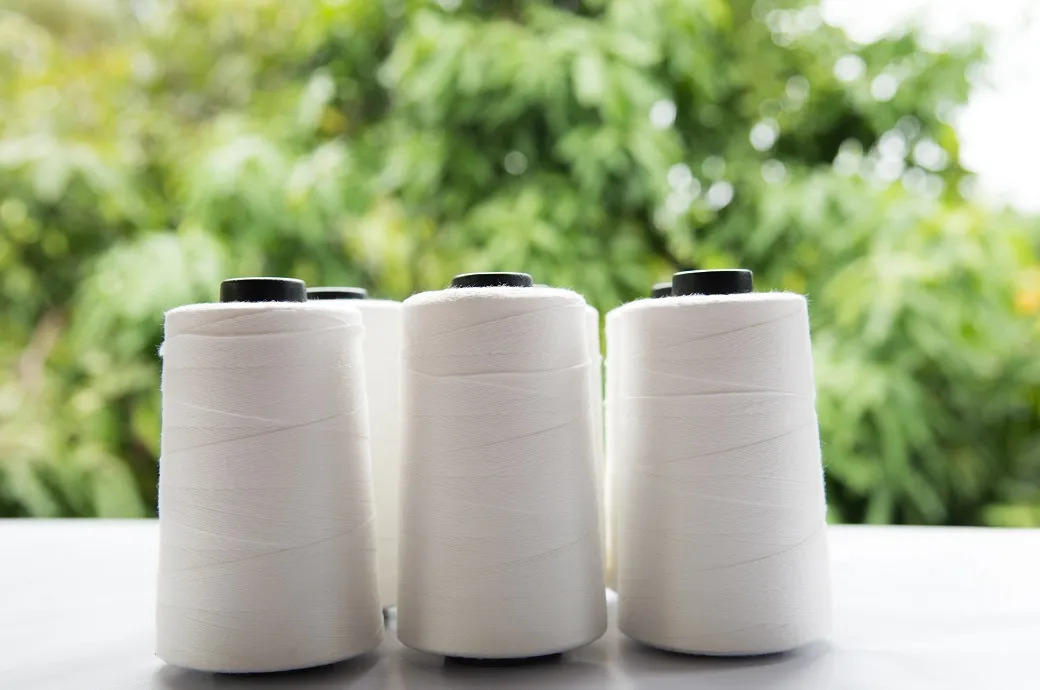
The US has long held a dominant position in the global cotton market, thanks to its reputation for producing high-quality fiber and ensuring a reliable and consistent supply. However, as global trade becomes increasingly shaped by geopolitical frictions and protectionist policies, the global cotton market is changing. Reciprocal tariffs between trading nations, coupled with the unique quality advantages of US cotton, are reshaping how major importing countries approach their sourcing strategies.
Reciprocal tariffs and the changing trade
One of the most significant forces driving these changes is the growing prevalence of reciprocal tariffs. These tariffs, often introduced in response to trade disputes, have a direct impact on the cost competitiveness of cotton originating from specific countries. For instance, when a country imposes tariffs on cotton imports from the US, and the US retaliates with tariffs on that country's exports, the relative appeal of US cotton diminishes in that market due to higher costs. As a result, importing countries are often compelled to seek alternative sources of cotton, even if these alternatives do not meet the same quality standards. Conversely, if a major cotton-exporting country is subject to tariffs in a critical market, it may redirect its exports to countries where trade remains tariff-free, potentially challenging the US’ foothold in those regions.
The quality advantage
Despite the challenges posed by tariffs, the intrinsic quality of US cotton continues to be a decisive factor for many textile manufacturers. The COTTON USA brand is associated with superior fiber strength and length, attributes that are achieved through innovative seed varieties and cutting-edge farming techniques. These characteristics not only result in more durable fabrics but also allow for faster spinning speeds and the production of finer yarns, which are essential for high-end textiles.
Additionally, US cotton boasts excellent micronaire, indicating optimal fiber fineness and maturity, which enhances dyeability and makes it ideal for producing yarns for knitted fabrics. Most US cotton is classified as “white grade,” a high standard that facilitates easier and more effective dyeing processes. Moreover, the American cotton industry’s use of advanced, computer-guided harvesting and ginning technologies drastically reduces contamination, such as trash and debris, leading to fewer processing issues for mills. Over time, the US has built a reputation for consistency and uniformity in its cotton, offering buyers a dependable product batch after batch. These advantages often allow US cotton to maintain a strong presence in premium market segments, even when it comes with a higher price tag due to tariff implications.
China, balancing tariffs with quality needs
China, the largest cotton importer in the world, adjusts imports based on trade relations and tariffs. At various points during the US-China trade tensions, the imposition of a 25 per cent retaliatory tariff on US cotton led to a noticeable decline in US cotton exports to China, prompting the country to increase imports from Brazil and Australia. However, for high-quality textile production, Chinese mills continue to value the superior characteristics of US cotton. In 2023, China’s total cotton imports were estimated at around $8.98 billion, with US cotton imports reaching $37.5 million by January 2025. While the share of US cotton has fluctuated, its quality remains a compelling factor, especially for premium segments.
Bangladesh, cost pressures meet export demands
In Bangladesh, the world’s second-largest apparel exporter, cotton imports reached an estimated $6.55 billion in 2023. The country sources a major portion of its cotton from India and various African nations, with US cotton accounting for around 9 per cent of its total imports in the 2023–24 marketing year. For Bangladesh, price sensitivity is a major consideration, but there remains a strong preference for high-quality cotton, particularly for garments destined for Western markets. Nonetheless, concerns over longer shipment times and logistics challenges associated with importing US cotton persist. If reciprocal tariffs affect the country’s export competitiveness, especially in its key markets, this could indirectly impact its ability to import premium-priced inputs like US cotton.
Table: Estimated total cotton imports and US share (2023)
|
Country |
Estimated total imports ($ bn) |
Estimated US share Value(%) |
|
|
China |
|
8.98 |
Variable (Tariff Dependent) |
|
Bangladesh |
|
6.55 |
~9% (MY 23-24) |
|
Vietnam |
|
4.66 |
Significant Share |
|
Turkey |
|
2.74 |
Moderate Share |
|
Pakistan |
|
0.974 |
Moderate Share |
Vietnam, a steady market
Vietnam’s growing textile sector had total cotton imports of approximately $4.66 billion in 2023. The country is a big importer of US cotton, with imports valued at $92.6 million as of January 2025. Vietnam’s strong trade ties with the US have historically favored imports. However, tariff imposition or changes in trade agreements could affect this balance. Still, the demand for high-quality cotton inputs for Vietnam’s export-oriented textile sector is likely to sustain a healthy level of imports from the US, even if competitors like Brazil and Australia offer more favorable pricing due to free trade arrangements.
Turkey, regional alternatives and competitive pricing
Turkey’s textile industry, one of the largest in Europe and the Middle East, imported around $2.74 billion worth of cotton in 2023, with $37.2 million coming from the US. Turkey sources much of its cotton from nearby suppliers like Greece and Turkmenistan, in addition to India and the US. The imposition of tariffs on Turkish exports could potentially reduce its purchasing power, making price a more critical factor. However, for high-end textile applications, the consistency and low contamination of US cotton continue to make it an attractive option despite potential cost premiums.
Pakistan strategic sourcing amidst regional competition
Pakistan, a country with a long-established textile industry, imported roughly $974 million worth of cotton in 2023. It remains a significant buyer of US cotton, with imports valued at $88.3 million in January 2025. Pakistan also imports heavily from neighboring India, as well as from Brazil and several African countries. While tariffs and access to cheaper alternatives can influence buying patterns, US cotton is still favored for specific high-quality applications. However, its share in Pakistan’s overall import basket may fluctuate depending on trade relations, domestic crop yields, and global price shifts.
Can US cotton replace other exporters?
While US cotton’s superior quality positions it as a strong contender in the global market, several limitations prevent it from fully replacing other major exporters. Price competitiveness is perhaps the most pressing challenge. Even with unmatched quality, if the price gap becomes too wide due to tariffs or other costs, price-sensitive buyers in countries like Bangladesh may opt for more affordable alternatives. Moreover, the US’ production capacity, though substantial, may not be sufficient to fully meet the global demand if it aims to significantly expand its share in all major importing markets.
Table: Estimated total cotton imports and sources (2023)
|
Country |
Est. total imports ($bn) |
Import sources (estimated 2023) |
Approx. US share (value/%) |
|
China |
8.98 |
Brazil, Australia, India, USA (Variable) |
Variable |
|
Bangladesh |
6.55 |
India (Significant), Various African Nations, USA (~9%) |
~9% |
|
Vietnam |
4.66 |
USA (Significant), Brazil, India, Australia |
Significant |
|
Turkey |
2.74 |
Greece, Turkmenistan, USA, India |
Moderate |
|
Pakistan |
0.974 |
India (Significant), USA, Brazil, African Nations |
Moderate |
Trade agreements also play a vital role in shaping import decisions. For example, if countries like Brazil or Australia enjoy preferential access through free trade deals, they can secure market share even if their cotton quality is slightly lower. Logistics and supply chain considerations further complicate matters. For many buyers, especially those in close proximity to alternative suppliers like India or African nations, shorter shipping times and lower logistical costs can outweigh marginal differences in quality.












